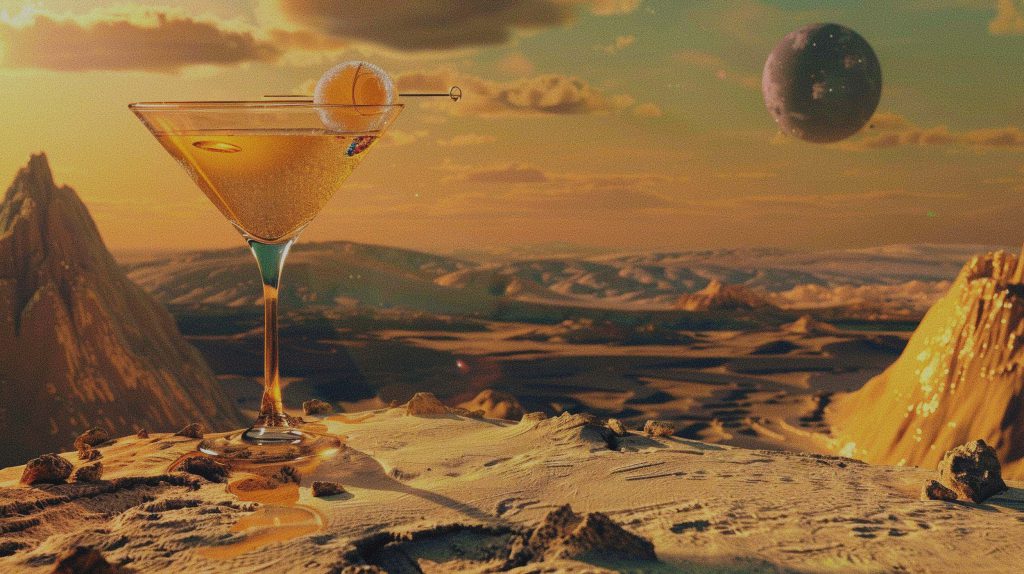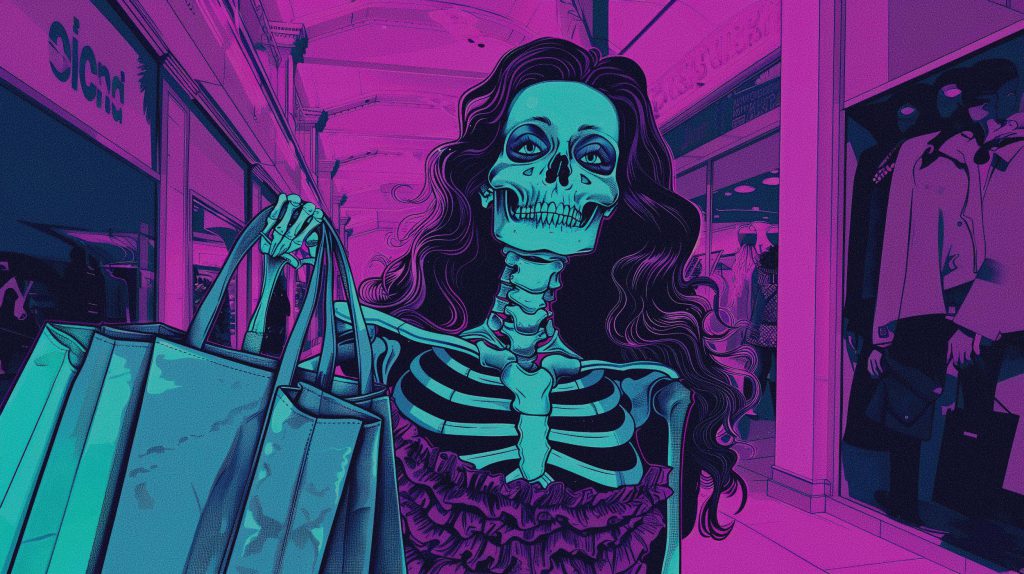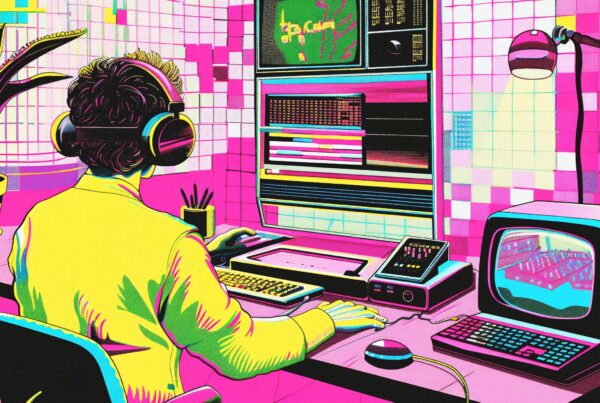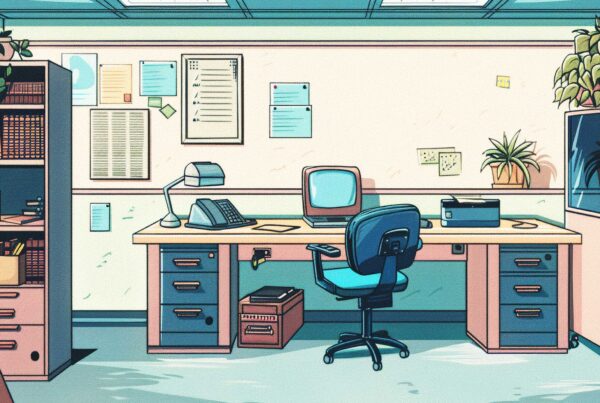Walk into any marketing agency’s pitch meeting, and you’ll probably hear a familiar refrain: “We’re not like other agencies.” Cue the PowerPoint slide with a bold, sans-serif font screaming “DIFFERENT,” followed by a reel of vaguely inspiring campaign work that looks suspiciously like everything else you’ve seen this week. It’s a cliché that’s become so overused, it’s practically a rite of passage in the industry. But here’s the uncomfortable truth: most marketing agencies are more interested in fitting in than standing out. And the harder they try to appear unique, the more they blend into the beige wallpaper of agency sameness.
The Illusion of Originality in Marketing Agencies
There’s a paradox at the heart of most marketing agencies: they brand themselves as bastions of originality while following the same formulaic playbook. From the identical loft-style offices with exposed brick and neon signs that say “Hustle,” to the stock-photo-laden websites promising “innovative solutions,” the sameness is staggering. Agencies claim to be disruptors, but their branding feels like it was assembled using a Pinterest board titled “Cool Agency Aesthetic.”
The problem is that many agencies confuse aesthetics with originality. Just because you’ve slapped a quirky tagline on your homepage or rebranded your team as “story architects” doesn’t mean you’re doing anything truly different. Real originality requires risk, and risk is scary—especially when clients want “outside-the-box” thinking that still fits neatly within brand guidelines. So what do agencies do? They retreat to the safety of what’s worked for others and repackage it as their own.
What’s worse is that many agencies actually believe their own hype. They’ve convinced themselves that a slightly different shade of turquoise in their logo or a cheeky tone of voice in their copy makes them revolutionary. But when everyone is zigging while claiming to zag, the end result is a homogenized industry where “original” ideas are just variations on the same tired theme.
Why “We’re Different” Sounds Just Like Everyone Else
If I had a dollar for every time an agency led with “We’re not your typical marketing agency,” I’d own a rooftop bar in Brooklyn by now. It’s the most predictable opening line in the book—and ironically, it’s the first sign that you are, in fact, just like everyone else. The language of differentiation has become so standardized that it’s indistinguishable from the status quo it claims to challenge.
These declarations of uniqueness often fall into a predictable script. Agencies boast about their “collaborative culture,” their “data-driven creativity,” or their “human-first approach.” Sound familiar? That’s because it’s the same spiel you’ll hear from any half-decent agency in the marketplace. It’s not that these qualities aren’t valuable; it’s that they’ve become table stakes. Claiming them as differentiators is like a restaurant bragging that they serve food that’s edible.
The real kicker is that this sameness isn’t just superficial—it seeps into the work. Agencies that pitch themselves as “revolutionary” often churn out campaigns that feel algorithmically engineered to offend no one and impress everyone just enough. In trying to be everything to everyone, they end up being nothing special to anyone. “We’re different” has become the industry’s most well-rehearsed lie.
Creative Clones: The Industry’s Identity Crisis
Marketing agencies are suffering from an identity crisis that’s both ironic and tragic. In an industry built on branding and storytelling, too many agencies have lost the plot of their own narrative. They mimic each other’s tone, visuals, processes, and even office layouts in hopes of signaling relevance. The result? A sea of creative clones desperately trying to out-authentic each other with the same recycled ideas.
It’s not entirely the agencies’ fault. The pressure to conform comes from clients, awards shows, and even hiring practices. Agencies are incentivized to play it safe, to pitch ideas that look like last year’s Cannes winners, and to build portfolios that resemble the competition’s. In this environment, true innovation is often left on the cutting room floor—too weird, too risky, too hard to sell internally. So instead, agencies double down on familiarity, masquerading it as innovation.
But here’s the uncomfortable truth: the more agencies try to be what they think clients want, the less valuable they become. In chasing the illusion of creativity, they’ve commoditized their own product. Original thinking—the very thing they’re supposed to sell—is now the rarest commodity in the room. Until agencies stop trying to be “likeable” and start being brave, the identity crisis will only deepen.
It’s time for marketing agencies to take a long, hard look in the mirror—and not the curated Instagram version. The industry’s obsession with being “different” has led to a landscape of indistinguishable brands all claiming the same virtues. The irony is almost poetic: in trying so hard to stand out, agencies have become indistinguishable. If we want to reclaim creativity, we need to stop parroting the same buzzwords and start doing the hard, often uncomfortable work of real differentiation. Because in a world full of noise, true originality doesn’t shout louder—it dares to say something new.































